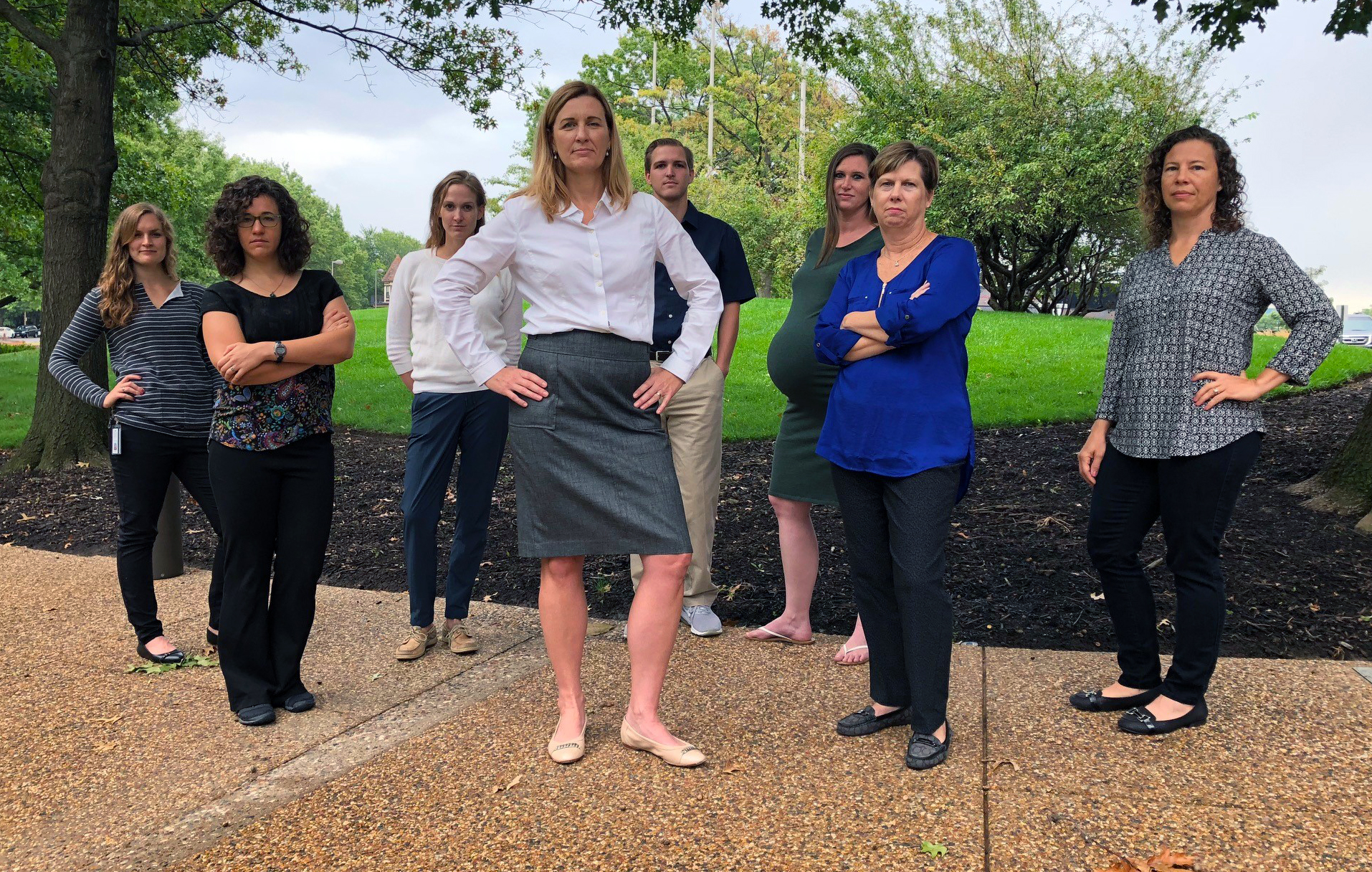Welcome to the RROC. The goal of our research is to develop effective rehabilitation strategies for people with musculoskeletal hip pain that will improve function and prevent or delay the need for surgical or pharmacological intervention.
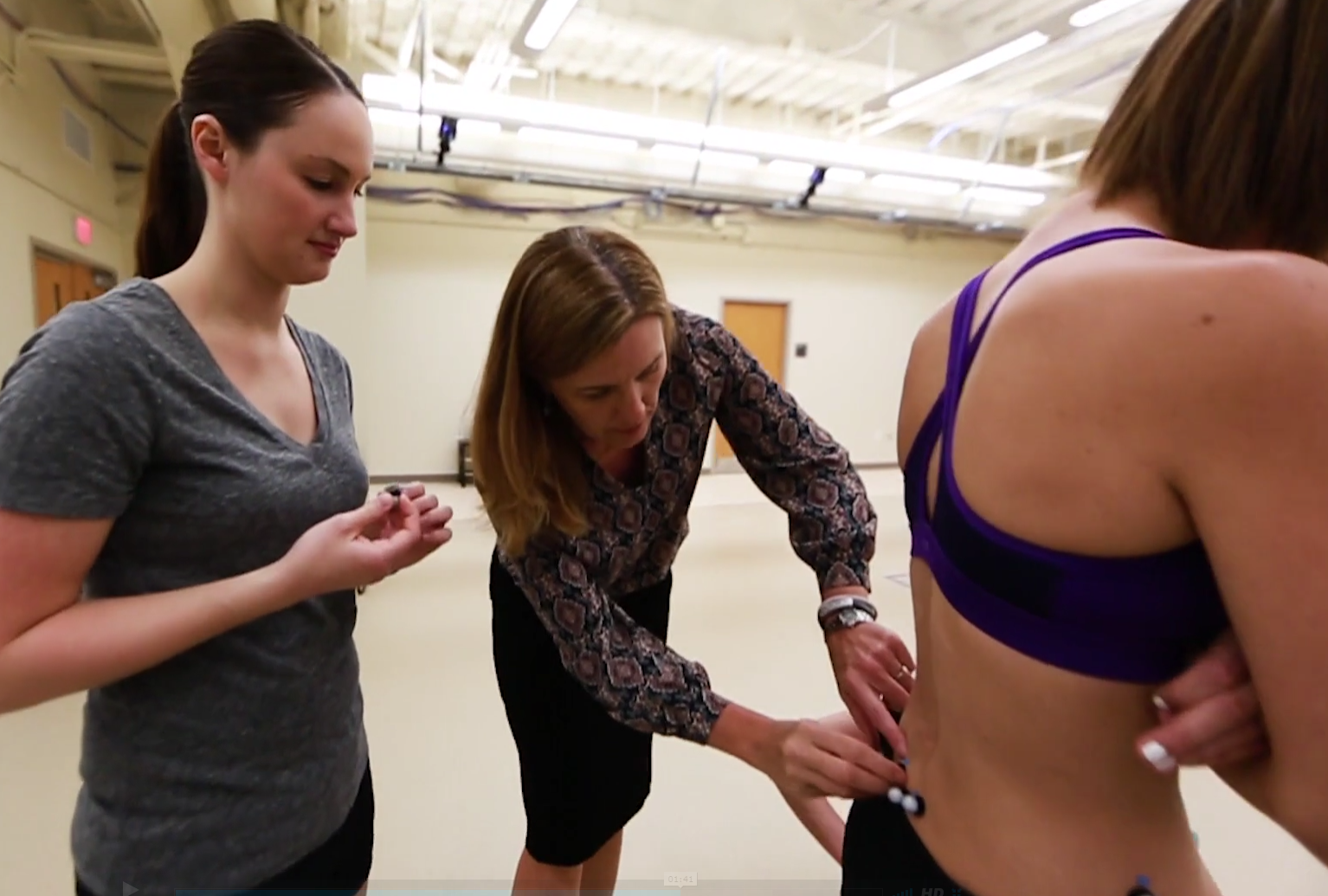
The RROC team is committed to conducting clinical, translational research that will improve rehabilitation strategies for people with musculoskeletal hip pain including arthritic and pre-arthritic conditions. Our primary goals are to 1) understand the factors that contribute to pain problems, such as impairments of structure and function and activities and participation (type and intensity) and 2) develop rehabilitation strategies targeting specific movement system impairments and functional activity modifications to improve performance and functional ability.
Current projects implement clinical examination, motion analysis, and imaging to assess impairments of structure and function, as well as self-report questionnaires to quantify activity and participation. In addition, rehabilitation strategies, including movement pattern training, traditional strengthening and flexibility, and joint mobilizations are being tested to determine their effect on improving function and participation in physical activity.
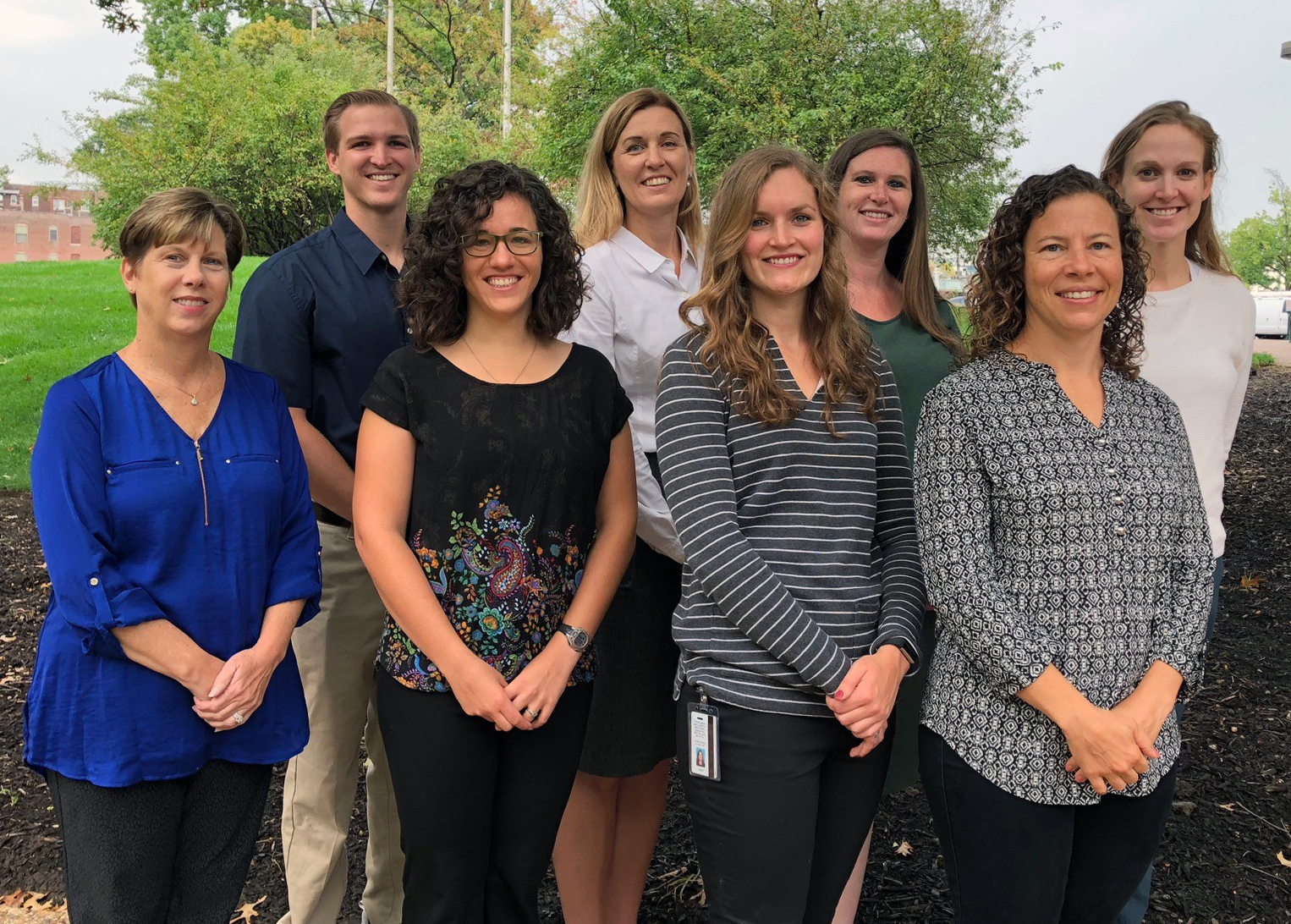
Faculty Investigators

Marcie Harris-Hayes, PT, DPT, MSCI [Profile ![]() ]
]

Staff



Student Members


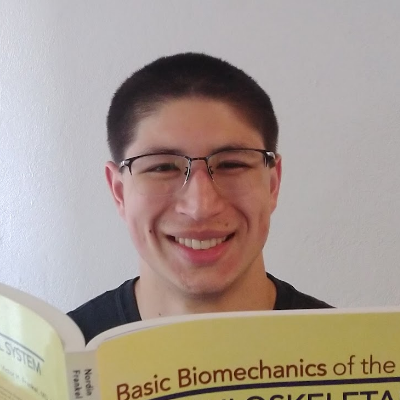
Members of the Multidisciplinary Hip Group at Washington University School of Medicine
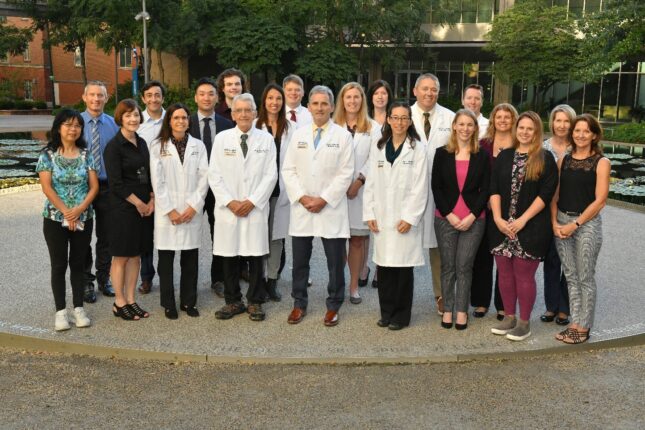
Current Research Studies
Comparison of Movement Pattern Training and Manual Therapy for Prearthritic Hip Disorders: a Pilot Randomized Clinical Trial (Paris Patla Musculoskeletal Grant from the Foundation for Physical Therapy Research https://foundation4pt.org/)
Pre-arthritic hip disease (PAHD), such as femoroacetabular impingement, hip dysplasia, and labral tears, is a major cause of hip dysfunction and activity limitation in young adults that, without proper management, may progress to hip osteoarthritis (OA). Effective treatment of PAHD is needed to improve function in the young adult and prevent or delay the onset of hip OA. The goal of this project is to compare the effectiveness of movement pattern training and joint mobilization for people with PAHD. Upon completion of this study, we will be positioned to implement a large RCT to assess the efficacy of MoveTrain and ManTher to improve PAHD.
Turning the TiDe – Training Diverse Clinician Scientists in Rehabilitation Research (NIH National Institute of Child Health and Human Development (NICHD) grant R25HD109110)
The Training in Diversity education program, or TiDe, will transform rehabilitation research culture by educating rehabilitation clinician scientists in the skills and knowledge needed to train and support the next generation of underrepresented clinician scientists with the capacity to advance rehabilitation research.
Assessing Multifactorial Etiology of IC/BPS Using a Novel PFM-Hip-Trunk Muscle Network Analysis (NIH National Institute of Nursing Research grant R21NR020379)
Interstitial cystitis/ bladder pain syndrome (IC/BPS), as one of the most debilitating chronic pelvic pain conditions, is intrinsically a multifactorial dysfunction that is attributed to a wide variety of musculoskeletal factors. Unfortunately, no technology is currently available for quantitatively assessing these etiologic factors, which, otherwise, would allow for phenotyping patients for appropriate intervention personalization. This research represents the first effort to comprehensively assess the pelvic floor muscle (PFM) overactivity, hip/trunk muscle activity alteration, PFM-to-Hip/Trunk inter-muscular connectivity, and distinct PFM phenotypic subtypes in IC/BPS.
Past Research Studies
Movement System Impairments in Patients with Lower Urinary Tract Symptoms
(The Foundation for Barnes-Jewish Hospital https://www.foundationbarnesjewish.org/)
Our findings:
- Pelvic Floor Mobility measured by Transperineal Ultrasound Imaging in Women with and without Urgency and Frequency Predominant Lower Urinary Tract Symptoms
- Hip and Pelvic Floor Muscle Strength in Women with and without Urgency and Frequency Predominant Lower Urinary Tract Symptoms
- Movement Impairments in Women with and without Urinary Urgency/Frequency
Consensus Recommendations for Hip-Related Pain in Young and Middle-Aged Active Adults. International Hip-related Pain Research Network, Zurich 2018.
Our findings:
- Consensus recommendations on the classification, definition and diagnostic criteria of hip-related pain in young and middle-aged active adults from the International Hip-related Pain Research Network, Zurich 2018
- Infographic. Consensus recommendations on the classification, definition and diagnostic criteria of hip-related pain in young and middle-aged active adults from the International Hip-related Pain Research Network, Zurich 2018
- Patient-reported outcome measures for hip-related pain: a review of the available evidence and a consensus statement from the International Hip-related Pain Research Network, Zurich 2018
- Physiotherapist-led treatment for young to middle-aged active adults with hip-related pain: consensus recommendations from the International Hip-related Pain Research Network, Zurich 2018
- Standardised measurement of physical capacity in young and middle-aged active adults with hip-related pain: recommendations from the first International Hip-related Pain Research Network (IHiPRN) meeting, Zurich, 2018
Movement Pattern Training in People with Intra-articular, Prearthritic Hip Disorder (PAHD) (NIH National Center for Medical Rehabilitation Research (NCMRR) of the Eunice Kennedy Shriver National Institute of Child Health and Human Development (NICHD) grant R21HD086644; the Foundation for Physical Therapy Research)
Our findings:
- Movement pattern training compared with standard strengthening and flexibility among patients with hip-related groin pain: results of a pilot multicentre randomised clinical trial
- Comparison between movement pattern training and strengthening on muscle volume, muscle fat, and strength in patients with hip-related groin pain: An exploratory analysis
- One-year outcomes following physical therapist-led intervention for chronic hip-related groin pain: Ancillary analysis of a pilot multicenter randomized clinical trial
- Static Ankle Dorsiflexion and Hip and Pelvis Kinematics During Forward Step-Down in Patients With Hip-Related Groin Pain
Rehabilitation Factors in Pre-arthritic Hip Disease (NIH National Center for Medical Rehabilitation Research, National Institute of Neurological Disorders and Stroke No. K23 HD067343 and K12 HD055931NIH)
Our findings:
- Persons with chronic hip joint pain exhibit reduced hip muscle strength
- Movement-Pattern Training to Improve Function in People With Chronic Hip Joint Pain: A Feasibility Randomized Clinical Trial
- Reduced Hip Adduction Is Associated With Improved Function After Movement-Pattern Training in Young People With Chronic Hip Joint Pain
- Hip Kinematics During Single-Leg Tasks in People With and Without Hip-Related Groin Pain and the Association Among Kinematics, Hip Muscle Strength, and Bony Morphology
- Hip Abductor Muscle Volume and Strength Differences Between Women With Chronic Hip Joint Pain and Asymptomatic Controls
- Bony abnormalities of the hip joint: a new comprehensive, reliable and radiation-free measurement method using magnetic resonance imaging
- Clinical tests to determine femoral version category in people with chronic hip joint pain and asymptomatic controls
- Three dimensional kinematics of visually classified lower extremity movement patterns during a single leg squat among people with chronic hip joint pain
- Dynamic knee valgus kinematics and their relationship to pain in women with patellofemoral pain compared to women with chronic hip joint pain
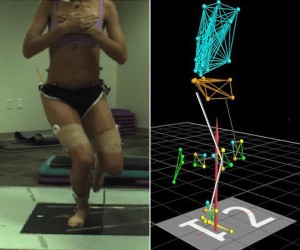
Physical Examination Measures of the Hip (National Center for Medical Rehabilitation Research, National Institute of Neurological Disorders and Stroke No. K12 HD055931NIH)
Our findings:
- Classification of lower extremity movement patterns based on visual assessment: reliability and correlation with 2-dimensional video analysis
- Gender-Dependent Differences in Hip Range of Motion and Impingement Testing in Asymptomatic College Freshman Athletes
